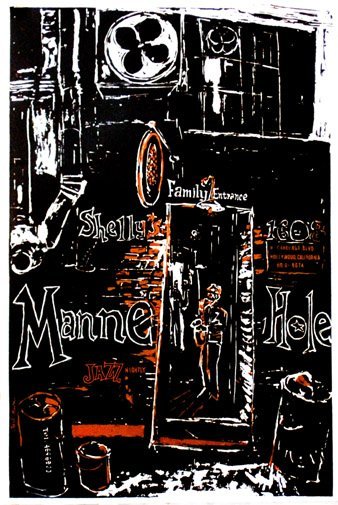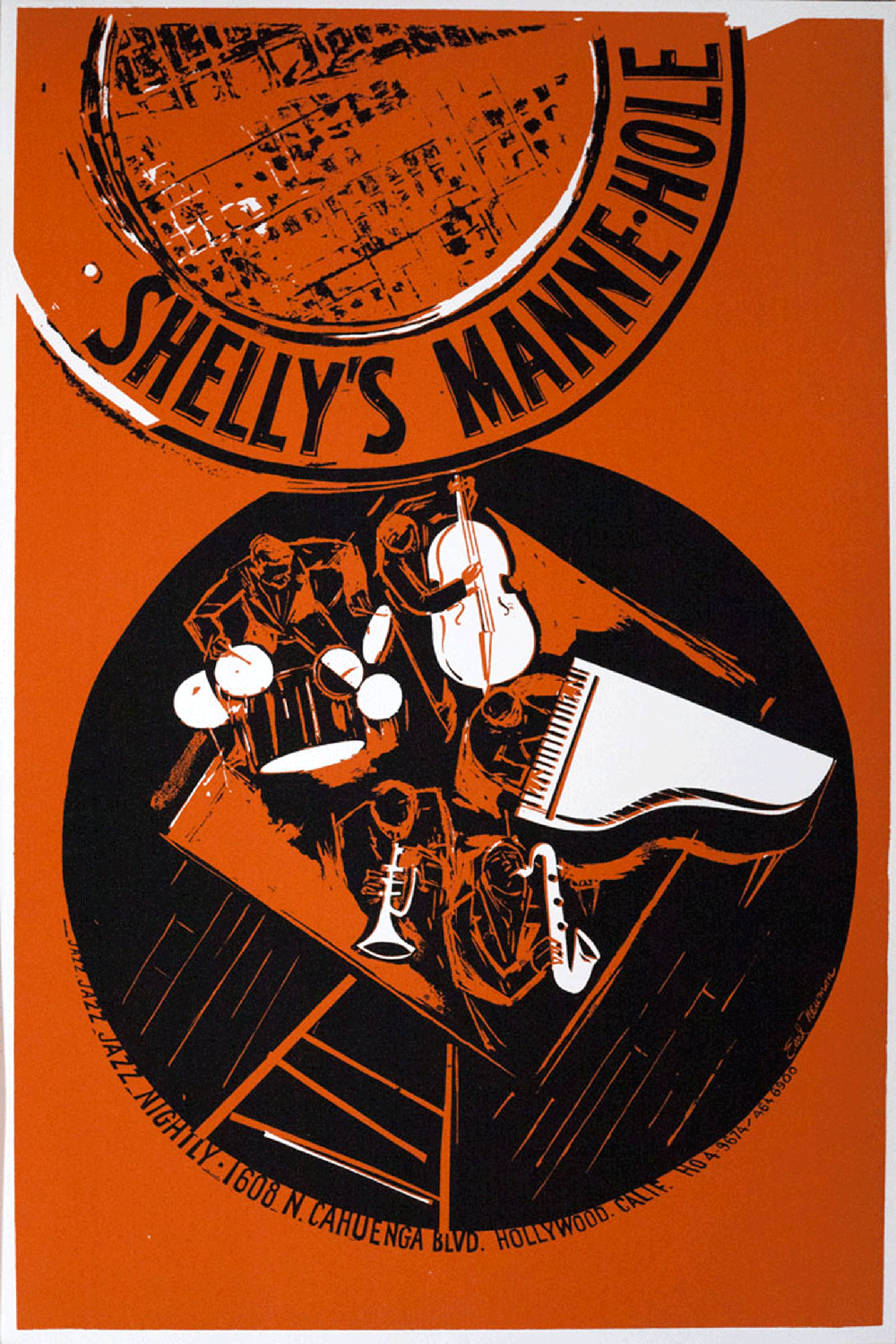
Venice Beach
In 1960, Earl arrived in Venice, CA, in a ‘55 Chevy, along with his wife Jean and two kids, Andrea and April, determined to fully embrace the artist’s life. Soon to follow was their son, Dale, who was fittingly born in their art gallery. Earl’s singular talent allowed him to indelibly capture the unique essence of american culture in the 60’s and early 70’s. Earl began by producing silkscreened posters for local coffee houses and jazz clubs, and sold the epitome of “California cool” art. As Earl says, it was the right place at the right time. In 1972, he and his family moved to Summit, Oregon and sixty years later, he is still a self-employed artist. Now retired from silkscreen design and printing, Earl is focused on creating one-of-a-kind, original painted works. He would like to thank all the friends who have helped him along this path, and to thank Venice and Summit for being vibrant communities that strongly encourage the arts.








